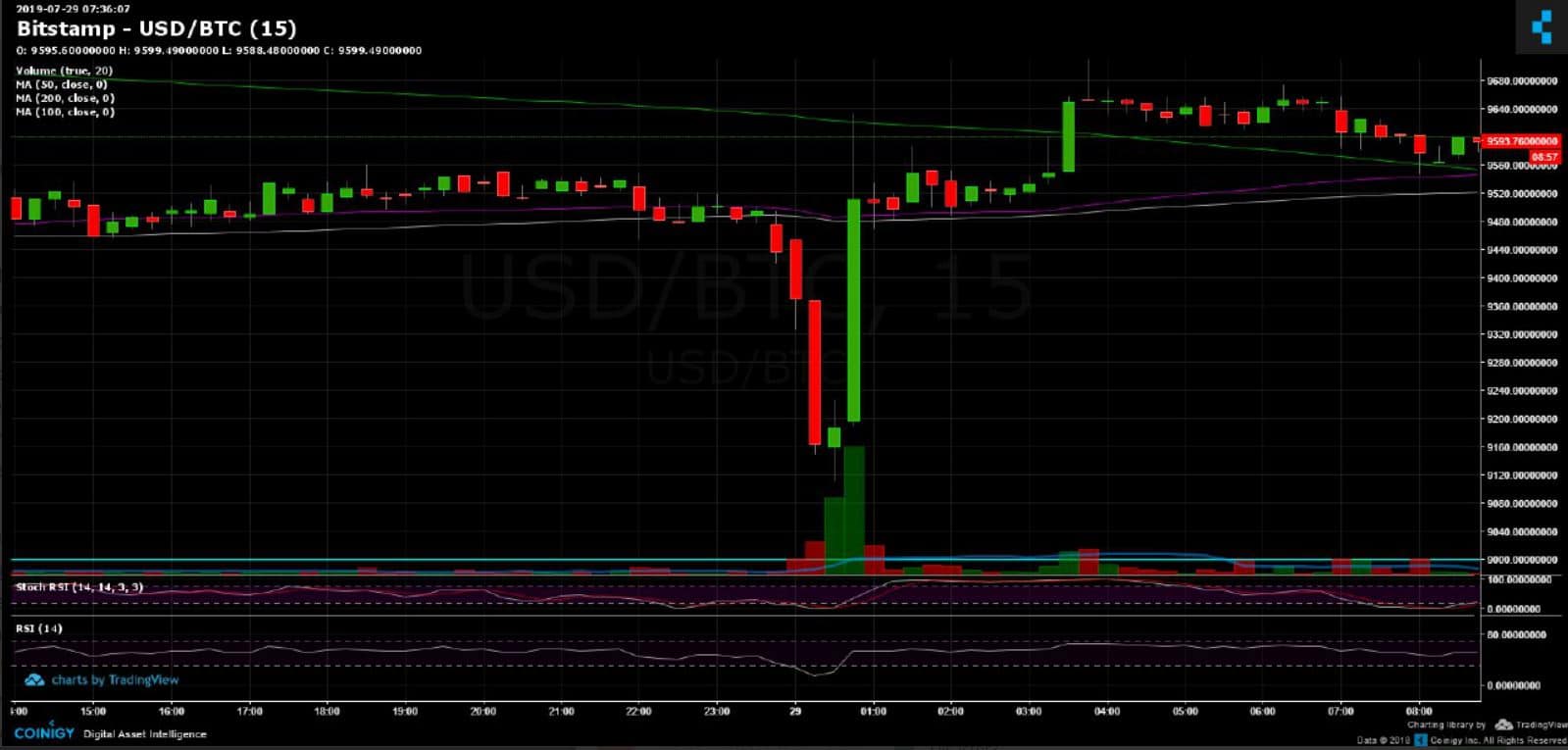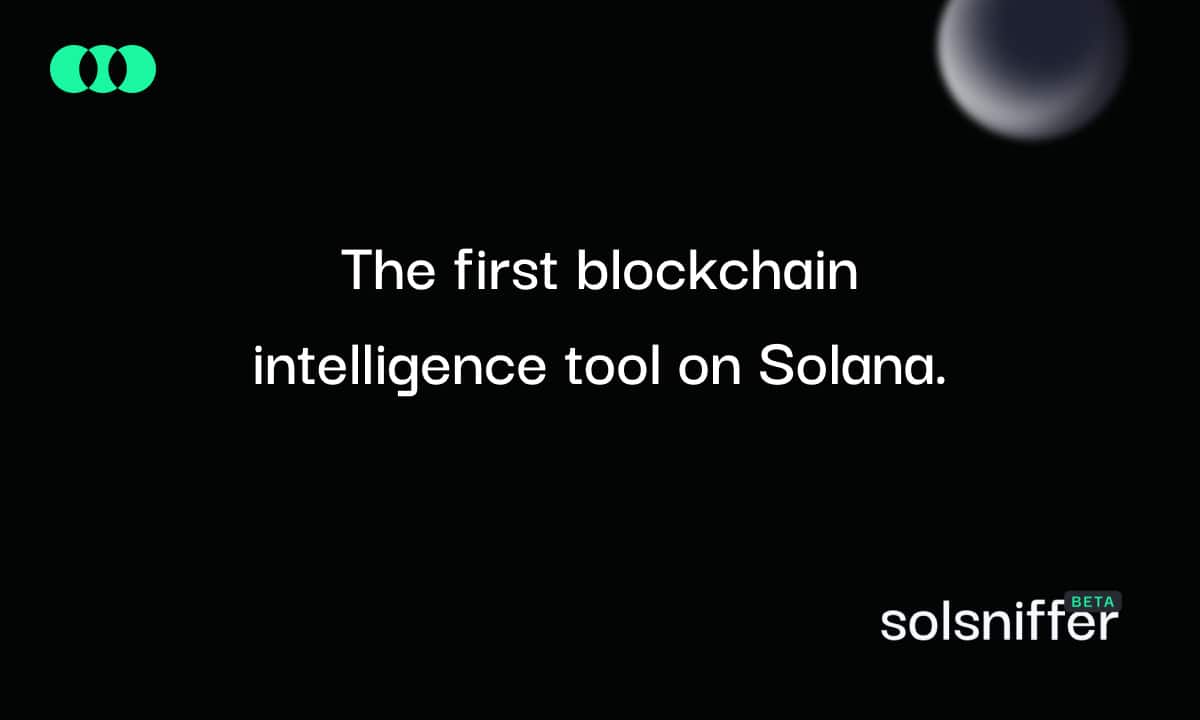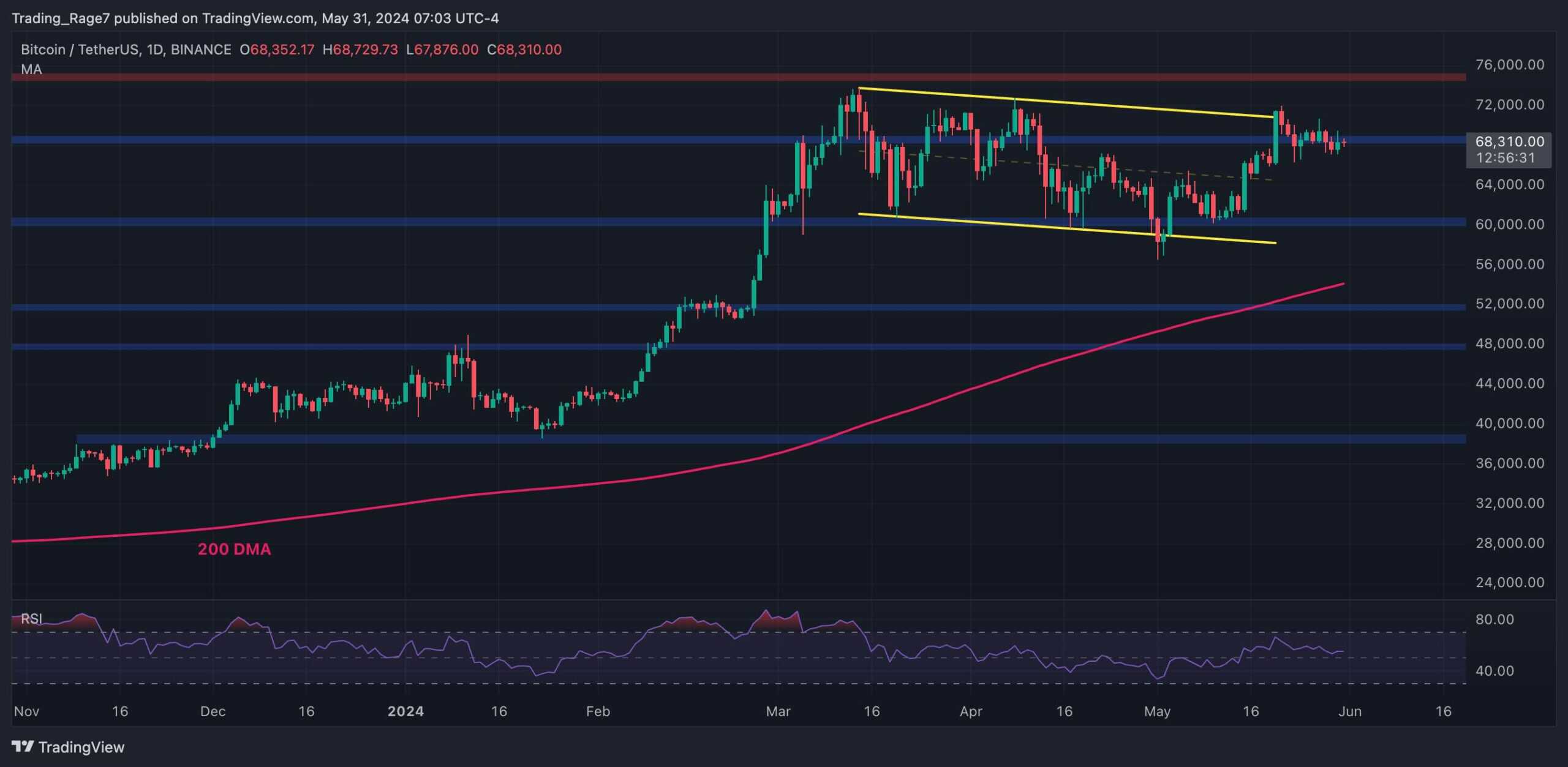Why Setting Stop-Loss On Your Bitcoin Position Could Turn Into Disaster?
Trading Bitcoin and other cryptocurrencies could be a very profitable endeavor. Of course, it could also go horribly wrong. Using traditional trading instruments could sometimes work out for the best, but in a lot of cases, it could also be a hurting losing move. The stop-loss order is perhaps one of the most commonly used tools to limit your downside when investing in traditional assets. When it comes to trading Bitcoin and Altcoins, however, it could also be disastrous.
What Is a Stop-Loss Order?
Put simply, a stop-loss order is one which is placed to sell an asset when its price reaches a certain level.
These orders are intended to limit the loss of the trading position in case his prediction fails to come through. A lot of traders tend to associate this type of order with long positions, but it could also be used to protect a short position as well.
It’s a very commonly used tool and it’s one which takes the emotions out of trading decisions. By setting a stop-loss order, you shield yourself from situations where you’re uncertain of whether or not to get out of a losing trade.
Why Is It Good For Traditional Markets?
Traditional markets which aren’t as volatile as the cryptocurrency one are the perfect place where stop-loss orders shine. As we said, this type of order takes the emotion of trading out.
So, for example, if you’ve entered a trade which isn’t going as you planned, the stop-loss order will be triggered when the price reaches a certain point. Usually, investors calculate their risk and determine how much they are willing to lose in case the trade doesn’t go their way.
When the markets are less volatile, the price doesn’t fluctuate as much. Hence, it makes sense to get out of a losing position and re-think your entry points and overall strategy. When the markets are volatile, however, things are particularly different.
When a Stop-Loss Turns Into a Disaster
When markets are volatile it is entirely possible for the price of an asset to swing violently. Such is the case of Bitcoin. It is not uncommon for its price to drop by 5% only to recover in a few moments later.
This goes for other cryptocurrencies as well. The entire cryptocurrency market is relatively small, compared to more traditional ones. This is also why market manipulation is not out of the question as well.
Heavy Bitcoin holders, or “Bitcoin whales”, can easily drag the price towards the desired direction in order to profit out of it. For instance, a whale could go to a spot exchange and begin dumping there his Bitcoin to drag its price down, while also holding a highly leveraged short position to profit out of the downwards direction on an exchange that allows margin trading. Then, once the price is down, the market picks it back up and it recovers very quickly.
In situations of the kind, a stop-loss order could be disastrous because it will liquidate your position at the trigger price. This way, you will be out of the trade before the price recovers, which usually happens very quickly, especially with Bitcoin.
To give you a very fresh example, this exact thing happened less than a day ago. Below is the chart showing it perfectly.

As you can see, yesterday, the price of Bitcoin dropped from about $9,520 to around $9,080 very quickly. That’s roughly a 6% quick drop in value, which is definitely significant, given the short time frame. However, Bitcoin recovered almost immediately in a particularly quick uptick.
So, if you had entered a long position and had a stop-loss anywhere between $9,500 and $9,080, your position would have been forced closed and you wouldn’t have been in it for the recovery. You ended up losing despite setting the right position (long the market).
And that’s not a one-off scenario, looking on the recent year’s Bitcoin chart can reveal such well-planned moves.
What’s The Solution?
Instead of placing actual stop-loss orders, when trading Bitcoin, sometimes it could be more appropriate to have such a set in your mind. This way, you will have the option to assess the situation and determine whether or not the decline is worth leaving your position on a loss, without actually setting a stop-loss order that can be forced closed like at the above scenario. However, keep in mind that you would need to monitor the markets occasionally to keep track of the current price.
The post Why Setting Stop-Loss On Your Bitcoin Position Could Turn Into Disaster? appeared first on CryptoPotato.









